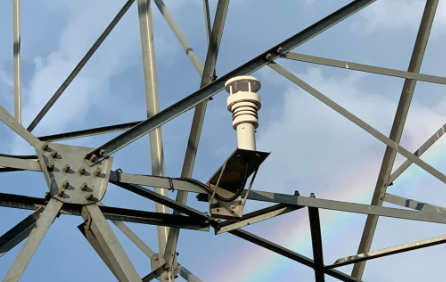When designing transmission lines, it is necessary to take into account different meteorological conditions, as various meteorological factors determine different design requirements. During the design process, regional meteorological data and operational experience from existing nearby lines are utilized to determine the meteorological combinations for various operating conditions of the line based on the specified recurrence period. These primarily include factors such as temperature, wind speed, and ice thickness.
To study the meteorological conditions of power transmission lines operating in micro-topographic regions, this study, based on microclimate theory, analyzed the formation mechanisms of micro-meteorological phenomena caused by mountainous micro-topography using statistical methods. The analysis focused on power transmission lines in typical micro-topographic regions of southern China that had historically experienced power transmission accidents triggered by extreme weather. A regression prediction model was established using multiple regression analysis to correlate micro-topographic meteorological factors with macro-atmospheric parameters. The results indicate that this method can quantitatively reveal the relationships between micro-meteorological parameters, enabling analysis and prediction of micro-meteorological conditions for power transmission lines in micro-topographic regions. This lays the foundation for establishing a real-time assessment and early warning system for the electrical reliability of power transmission lines.
The Impact of Microclimate on Transmission Lines
1. The main meteorological factors causing power line accidents are temperature, humidity, and wind speed. In microtopography, temperature, humidity, and wind speed are affected by many factors such as radiation, altitude, and slope direction. At the same time, these three meteorological factors also influence each other.
2. Using multiple regression analysis, we studied the relationship between temperature, humidity, and wind speed, established a mathematical model of microclimate in micro-terrain areas, and predicted the meteorological conditions of power transmission lines passing through micro-terrain areas. Both theoretical analysis and case studies have shown that this method is highly accurate and practical.
3. The results of the case study show that there is a significant relationship between temperature, humidity, and wind speed, and that the regression model fits well with the actual meteorological factors. The regression model can be used to predict the temperature, humidity, and wind speed in the micro-terrain through which the transmission line passes, providing technical support for real-time monitoring of the operating status of the transmission line.





